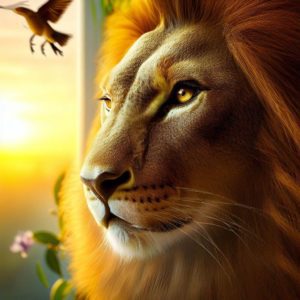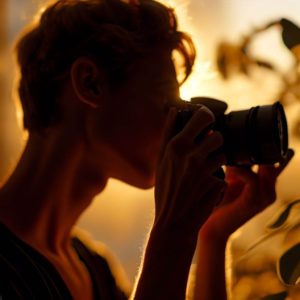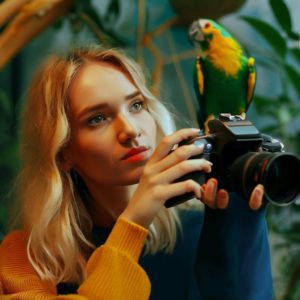The natural world is a vast tableau of life in all its glorious diversity, a vivid canvas showcasing nature’s infinite creativity. Each creature, each landscape, each moment holds a unique story waiting to be told. Wildlife photography is the art of narrating these stories, of capturing fleeting moments and transforming them into enduring symbols of nature’s beauty. But this art is not merely about taking pictures—it’s about observing, understanding, and appreciating the world around us. It’s about patience, resilience, respect, and an unquenchable curiosity about the natural world. This guide, crafted for both seasoned photographers and enthusiastic beginners, seeks to ignite your passion for wildlife photography and equip you with the knowledge and skills to embark on this exhilarating journey.
Section 4: Respect and Responsibility – Ethical Wildlife Photography
In the pursuit of the perfect shot, it’s crucial to remember that we are visitors in the natural world. The animals we photograph are not merely subjects; they are living beings in their own habitats. Ethical wildlife photography is about respecting these boundaries, capturing the beauty of the wild without causing harm or distress. This section delves into the principles and practices of ethical wildlife photography, providing guidelines and practical tips to ensure that your interactions with wildlife are respectful and responsible.
The First Rule: Do No Harm
The first and most fundamental rule of ethical wildlife photography is to do no harm. This means prioritizing the welfare of animals and their habitats above all else. Be mindful of your actions and their potential impacts. Avoid getting too close to animals, disrupting their activities, or causing them stress. Remember, your goal should be to capture animals behaving naturally in their environment. If your presence alters their behavior, you’re too close.
Feeding Wildlife: A Dangerous Temptation
Feeding wildlife might seem like a surefire way to attract animals and get close-up shots, but it’s a dangerous practice. It can disrupt natural feeding patterns, make animals dependent on humans, and even cause harm if the food is inappropriate for their diet. Some animals may become aggressive or lose their natural fear of humans, putting both parties at risk. So resist the temptation to feed wildlife, no matter how harmless it might seem. Your responsibility as a wildlife photographer is to observe nature, not to interfere.
Leave No Trace: Protecting Natural Habitats
As a wildlife photographer, you should strive to leave no trace of your presence. This means respecting natural habitats and avoiding actions that can damage the environment. Stay on designated paths, don’t trample vegetation, and always take your trash with you. If you’re photographing a nesting bird or an animal den, keep a safe distance to avoid disturbing them or attracting predators to the site. Your goal should be to blend into the environment as much as possible, causing minimal impact.
Respecting Local Cultures and Regulations
Ethical wildlife photography extends beyond the natural world. It also involves respecting local cultures, laws, and regulations. If you’re photographing in a national park, a protected reserve, or a foreign country, make sure you understand and comply with their rules. Some areas might require permits for photography, have restrictions on off-trail travel, or prohibit the use of drones. Showing respect for these regulations is part of being a responsible wildlife photographer.
The Ethical Wildlife Photographer
Being an ethical wildlife photographer is about more than capturing beautiful images. It’s about embodying a philosophy of respect and responsibility, cherishing the natural world, and committing to its preservation. By adopting ethical practices, you’re not only contributing to the well-being of wildlife but also setting a positive example for others to follow. Remember, every photograph you take is a testament to your interaction with nature. Let it be a testament of respect, admiration, and ethical conduct.




